Advertising in Japan can feel quite different sometimes. On one level, adverts can appear more visually impactful and diverse than content you’ll commonly find in most Western countries—showcasing colour, animations and aesthetic themes in a unique way.
At other times, ads can feel extremely detached from the product or brands they are promoting, with even the most corporate entities relying on cute and eccentric content.
We explore some of these intriguing differences and take a look at some of the most important 2023 trends in the world of online advertising in Japan.
Japanese Advertising Market Overview
- Japan has one of the biggest and most mature advertising sectors in the world, with expenditures smaller than only the US and China.
- The digital advertising sector has seen huge growth recently despite initial reluctance to move away from traditional media forms (TV, Radio & Print). Ad spending in the Digital Advertising market is projected to reach US$26.08bn in 2023.
- The market’s largest segment is Search Advertising with a market volume of US$10.40bn in 2023.
- In Digital Advertising, 55% of total ad spending will be generated through mobile and 93% will be generated through programmatic advertising in 2027
- Television, newspapers, magazines and radio still play a huge role in the way brands communicate their messages to the Japanese population
- Dynamics between huge national brands, on-screen celebrities and icons, and giant media companies like Dentsu, the country’s largest advertising agency, are still very much entrenched
1. Soft Sell Vs. Hard Sell
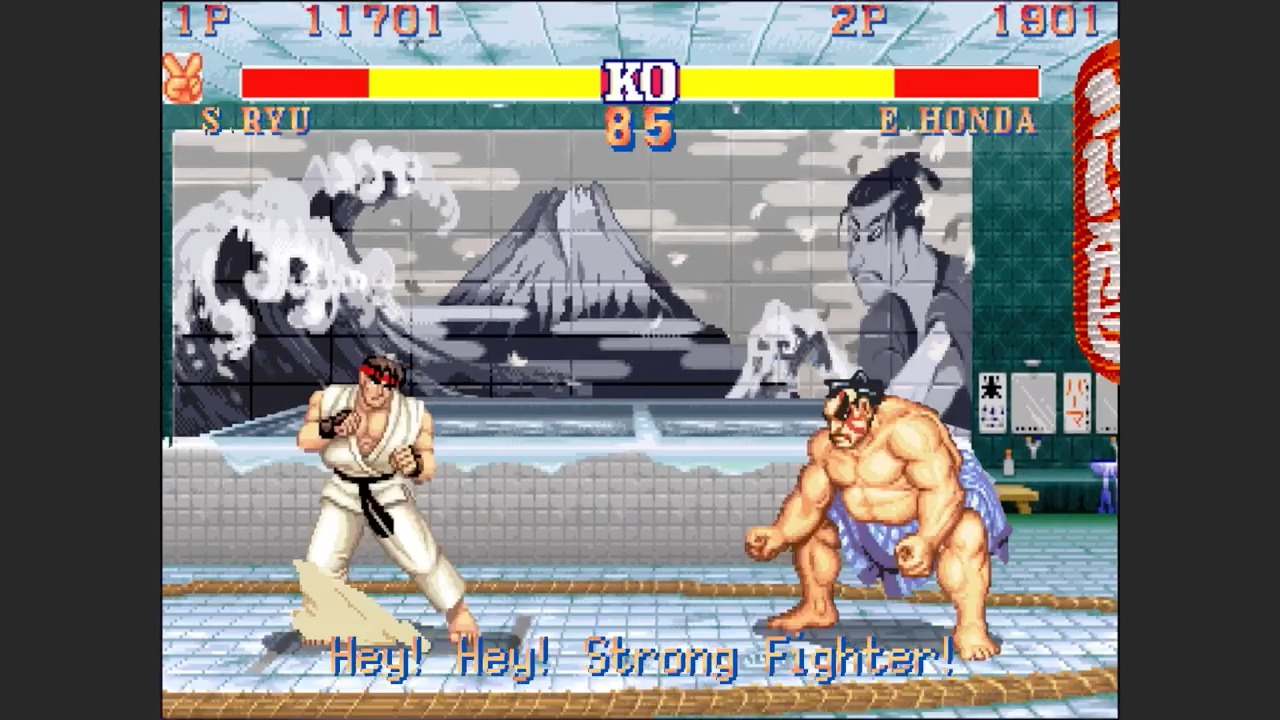
While online ads (especially product-focused SEM and PPC ads) have the capacity to be more direct, it’s still important to understand that consumers generally have an aversion to the “hard sell” approach taken by brands.
- Ads that are too pushy or forceful are received with caution by Japanese audiences who are generally more inclined to respond positively to:
- Ads and content that is technical and informative in an upfront and transparent way — avoiding too much embellishment or exaggeration of what a product can do, or how it is better than competitor brands
- Ads and content that offers a rewarding, unique, funny or experience that subtly entices audiences in without overtly promoting a specific product
Lifestyle content that captures a specific mood or feeling
Often, brands will focus their creative messaging on delivering something that ignites a positive reaction from people who see it. This could even be in the form of a manga comic strip or a bespoke jingle, for example.
Many refer to this as a soft-sell, and it’s a core concept that many online ad campaigns in Japan are built around. And once you get your head around this, it’s much easier to see why Japanese ads often look and feel quite different.
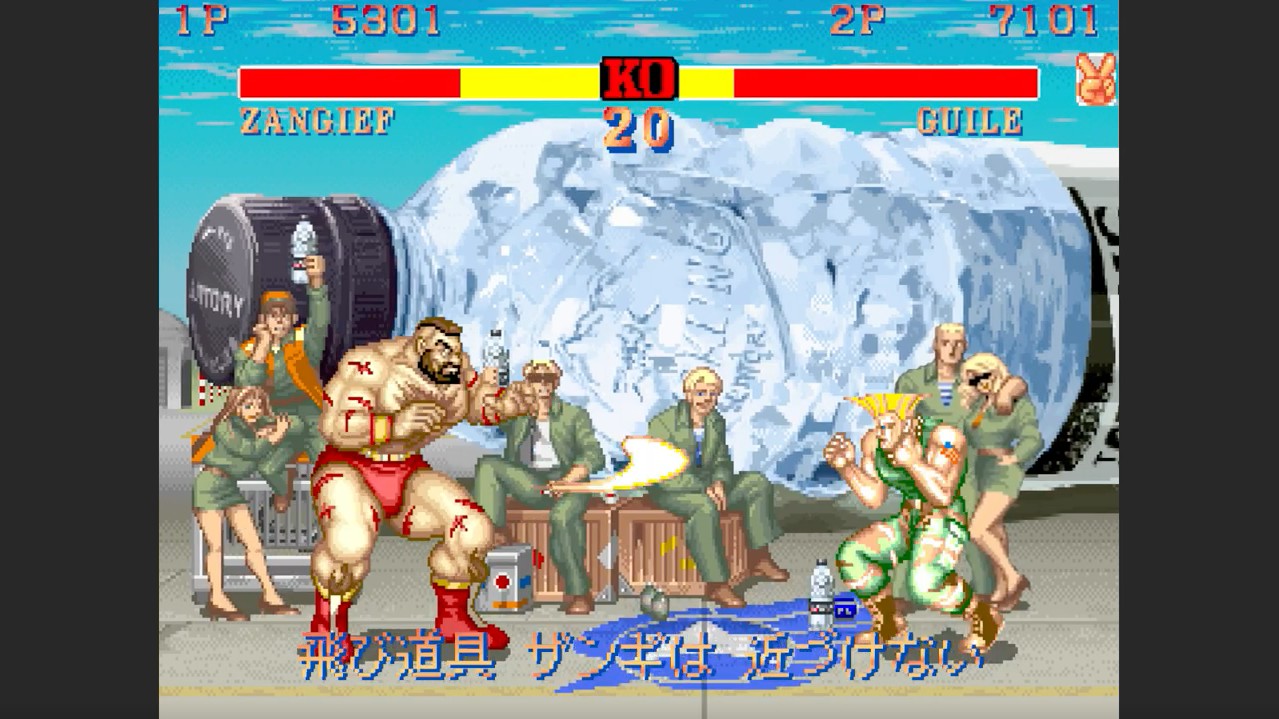
An example of this can be found in the unexpected collaboration between Japanese beverage company Suntory and Capcom’s Street Fighter.
To promote Suntory Strong sparkling water, the ad published across several digital channels features high-impact visuals from the popular video game franchise, as well as a bespoke AR game available for download on smartphones.
It even features its own dedicated soundtrack, featuring vocals by Hyadain aka Kenichi Maeyamada, a popular Japanese musician. Ultimately, the brand is an abstract element in this campaign, which primarily aims to elicit a reaction from viewers in the hope of creating a positive association with the product.
Key Differences – Hard Sell vs Soft Sell
| Soft Sell | Hard Sell |
| Use of music, colors, symbols, aesthetics, and narratives that build a special mood and atmosphere, which may create a positive feeling in the viewer and hopefully a positive association with a product or brand. | Use of logical arguments, data, facts and product information related to a product or market in order to persuade an audience into making a purchase. |
| Particularly effective in “high-context” cultures like Japan where people have a deeper shared understanding about topics and ideas, meaning you don’t need to explain basic concepts quite as much. | A popular in “low context” cultures like the US with a huge diversity of cultures and ideologies, sometimes requiring longer messages and more direct descriptions to fully explain key messages and selling points. |
| Unwillingness to compare a brand or product with another brand, or even to suggest market dominance in an obvious way, due to the risk of seeming overconfident, impolite and rude. | Willingness to directly compare one product with another and directly mention or shame competitor brands and products. |
Advertising Design in Japan – Styles, Principles and Practical Advice for Foreign Brands
2. Sustainability More Prominent in Brand Messaging
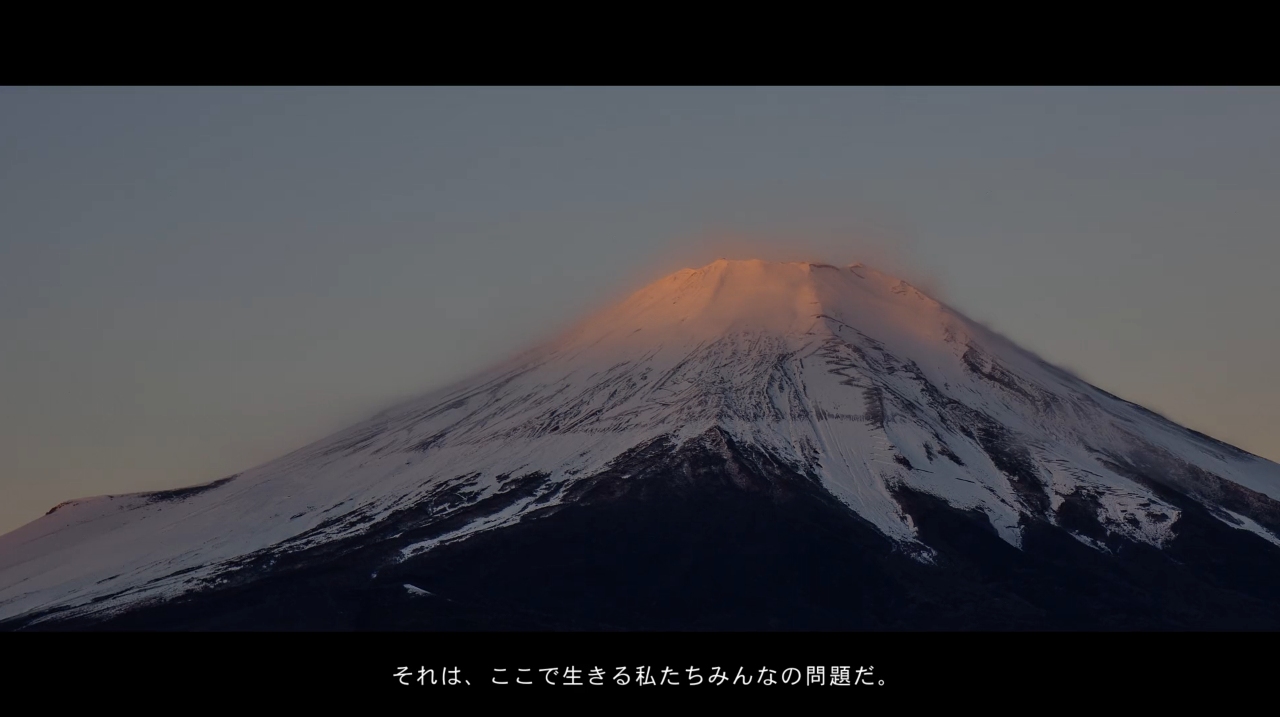
Although Japan has been criticized in the past for its high use of plastics and its dependence on fossil fuels, there have been concerted efforts made by the government to improve this image, invest in sustainability and adopt greener technologies.
Broadly, the theme of sustainability is becoming increasingly important to the way brands and services define themselves—adjusting to the increased concern among the Japanese population about environmental issues.
In a survey carried out by Deloitte of 100 Japanese executives responsible for key marketing and advertising decisions in their companies, 44% said they were focused on establishing long-term sustainability commitments while 44% said they were involved in general awareness messaging.
Nature and the natural elements have always been an important aesthetic theme in Japanese design and art and this offers brands a good platform to start engaging with the topic without being too self promotional or virtue-flagging.
Audi has done just this in their ad (featured above) titled Future Is An Attitude, which heavily features natural Japanese landscapes.
Learn More About Online Advertising In Japan
2. Rising Popularity of Short-Form Video
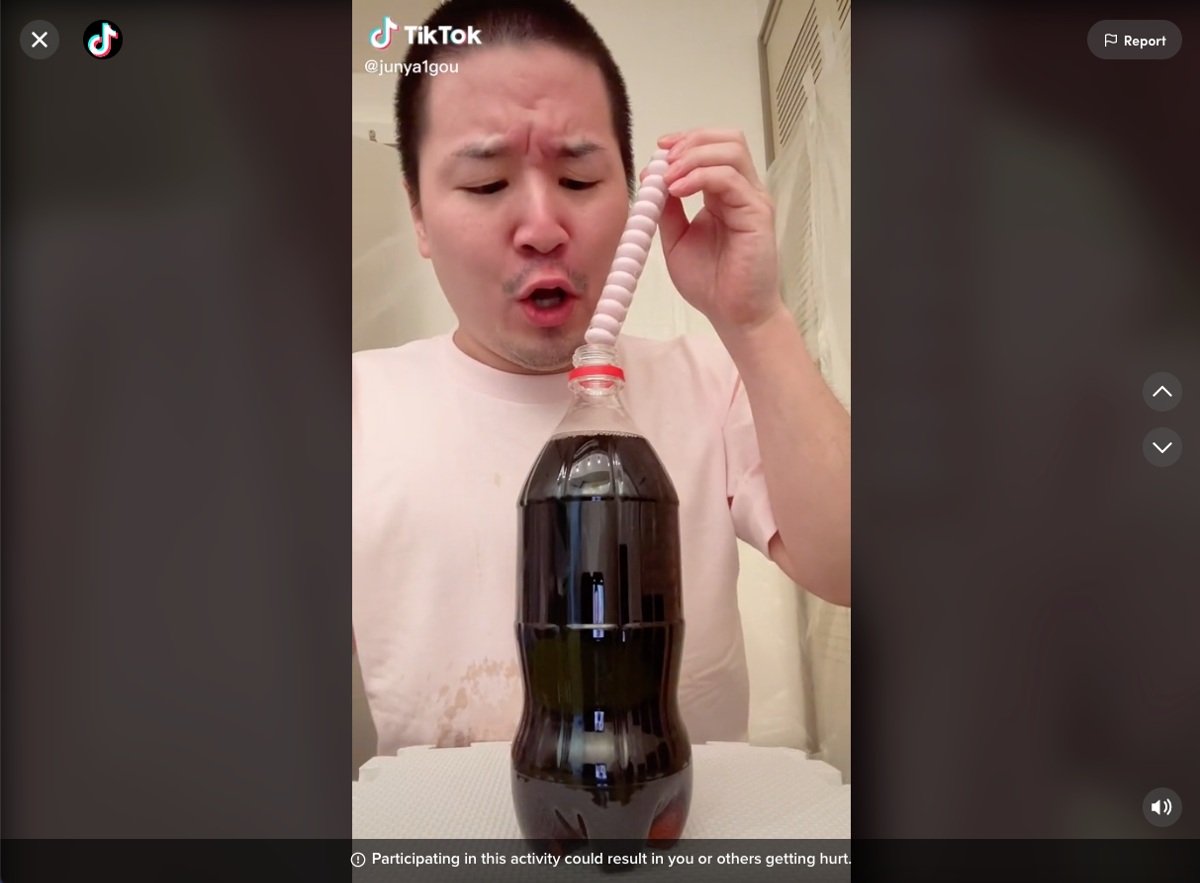
In their own way, brands operating in Japan have been adapting their messages for shorter video content much longer than brands in other markets.
You just need to take a look at the high-impact 15-second spots on Tokyo metro’s display monitors to see the impressive way all kinds of brands compete for the attention of commuters in extremely short windows.
However, it’s also true that TikTok has accelerated this trend with its appealing, bite-sized user generated video content. This kind of short-form video content is spilling over onto other platforms too, like YouTube and Instagram, with many trends, challenges and activities finding their way onto these channels after first blowing up on TikTok.
A common multi-channel advertising strategy is now to take whatever content is performing well on TikTok organically and add these creative assets to more traditional PPC channels like Instagram and Facebook — giving marketers the confidence that their ads are punchy and engaging enough to connect with audiences while allowing them to leverage the enhanced targeting and tracking capabilities of the Facebook Ads Manager platform.
Top 10 Japanese TikTok CONTENT creators
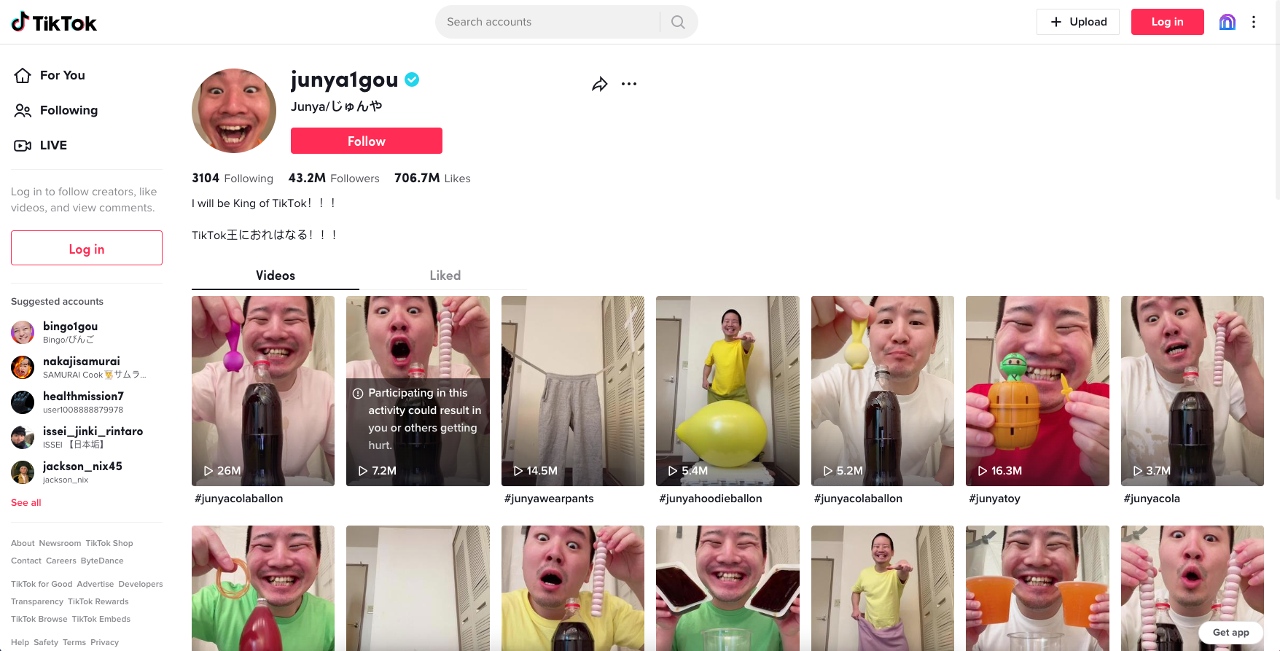
- Junya Gou 43 Million
- Bayashi 32.9 Million
- Hina Kagei 11 Million
- Ues P 11.2 Million
- Michael Jackton 11 Million
- ISSEI 10.3 Million
- Panna 9.7 Million
- Magician Shin 9.3 Million
- Uchiyama san 8.9 Million
- Hayataku 8 Million
4. More Brands Focus On Starting Conversations
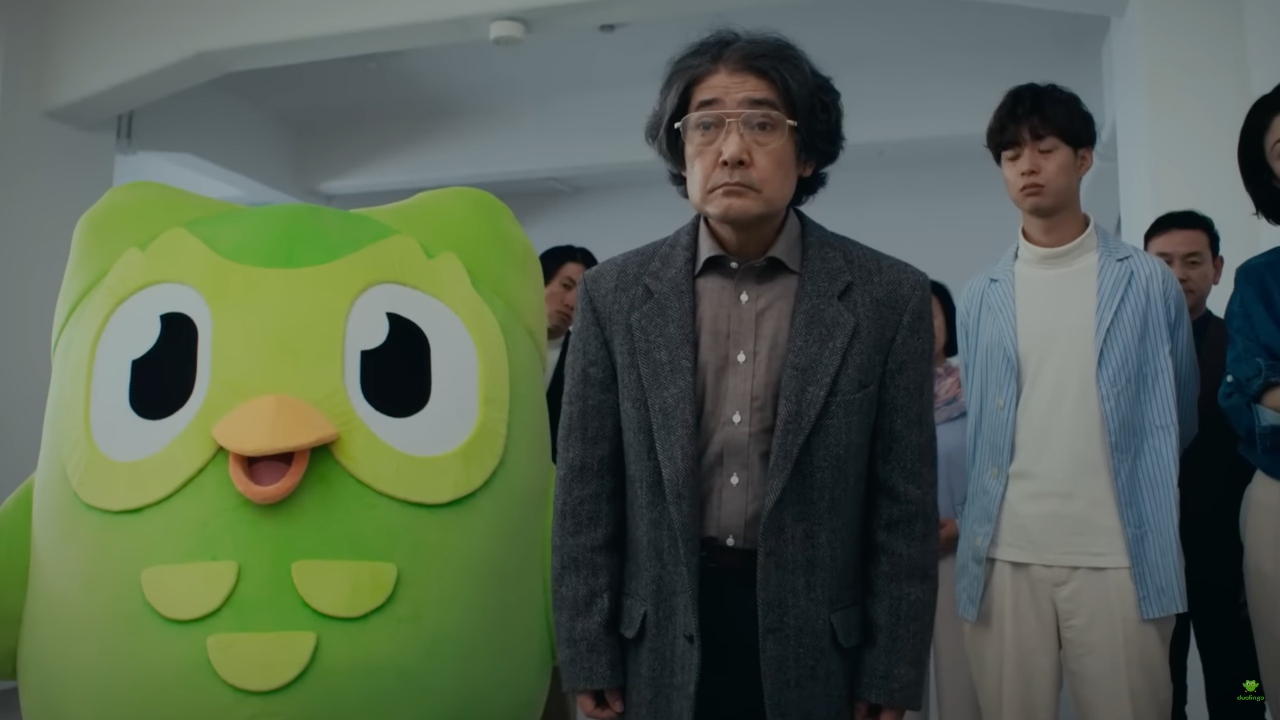
Conversations are now a vital part of online advertising in Japan. Instead of focusing just on pushing out content (visuals, videos, graphics etc.), marketers are looking for ways to start conversations and drive new customer experiences. A few ways they are doing this are:
- Contributing to existing conversations on digital channels like Twitter with social media community managers actively engaging with trending topic threads and narratives
- Creating online ads that prompt conversations through questions, surveys or quizzes that get people talking—taking advantage of things like the Instagram Polls story feature
- Responding to mentions on social media and providing recognition or rewards to followers and customers who feature brands on their personal channels
- Responding to customer queries promptly and genuinely whether that’s through email, social DMs or comments
- People now expect to be able to interact with the brands they’re buying from and to understand their positions on various social and subject-related issues.
HB Pro Tip: Twitter is incredibly popular in Japan and is a vital social listening tool that allows brands to develop a solid understanding of exactly what different audiences and demographics care about. It’s now more possible than ever to discover the conversations where brands or products are being talked about, or to see how other brands in your space are being perceived by audiences.
The Museum of Wonky English
In an effort to create brand awareness, Duolingo the language learning app launched the ‘Museum of Wonky English’ (MOWE), shedding light on the common and humorous world of mistranslations.
Accompanying the campaign’s hero video, conversations were promoted on the company’s social media channels (primarily Duolingo’s Twitter channel: @duolingo_japan) by asking people to share funny and interesting mistranslations they come across in daily life. on. The best submissions were to be exhibited in an exhibition,
5. Brands Lean On Content Creators to Drive Engagement
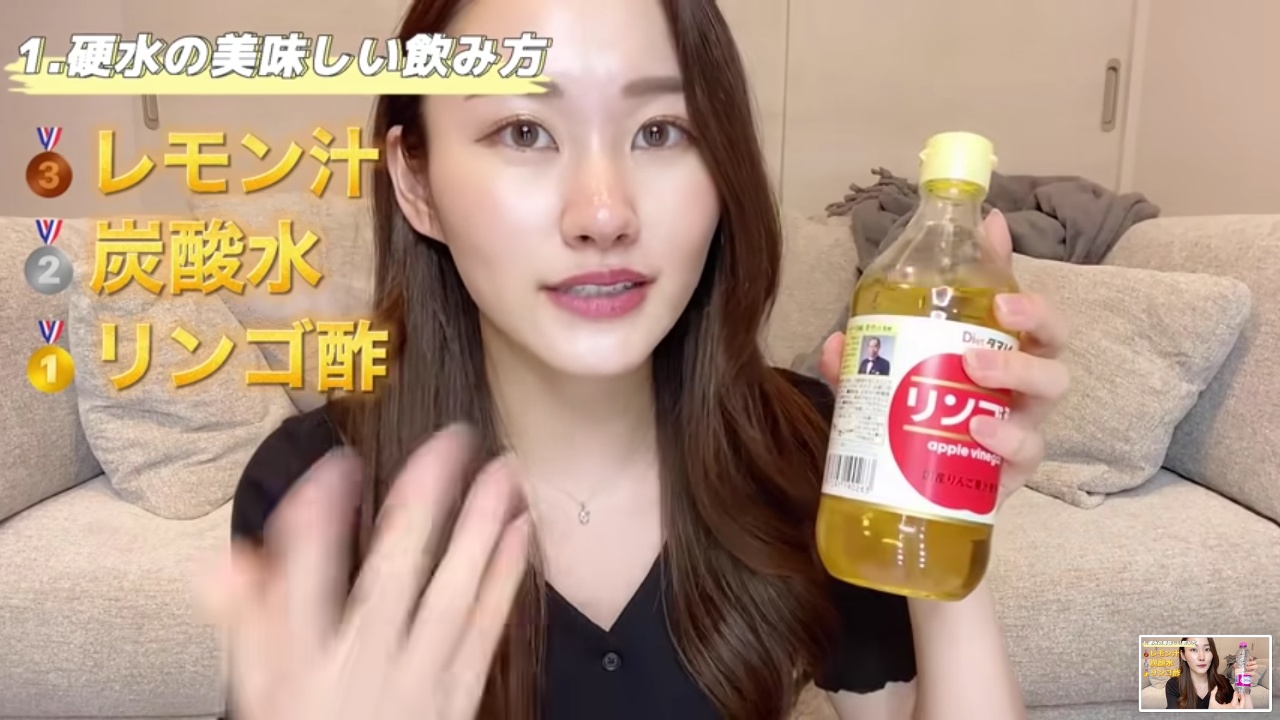
The best online ads are actually created by fans and users. As has happened in other parts of the world, the creator economy has exploded and content produced by influencers and everyday fans have now become the lifeblood of many marketing campaigns.
Sometimes content may manifest itself organically from motivated fans and customers who take it upon themselves to film unboxing Reels on Instagram or product review on YouTube. These are golden assets that brands, if tactful enough, can acquire and repurpose as paid ads.
Alternatively, it is also possible for brands to commission this kind of content from users or initiate opportunities through a gifting strategy where free products or bundles are sent out in the hope that those receiving them will generate some high quality content that can eventually be repurposed for online advertising.
Top Youtube Content Creators in Japan
- Hikakin TV
- Comdot
- Janino Channel
- Ryuji
- Heisei Flamingo
- Banbanzai
- Motimaru’s Diary
- Entrepreneur Hiroyuki
- Naru Fitness
- Rino Sashihara
Tips for Digital Advertisers in Japan
Building advertising campaigns that align with the needs and preferences of Japanese audiences requires a decent understanding of trends in Japan different from the global trends you might be familiar with. And effective execution will always rely on how you can localize your content effectively.
Below are a few final tips we would recommend considering when building a Japanese advertising strategy for your brand.
- Amid endless competition, brands should always make sure originality, authenticity and creativity are at the heart of their campaigns
- Content should be as optimized and personalized for specific demographics as possible — catering to different interests and preferences
- Brands that are serious about delivering a more rounded customer experience must work across all platforms cohesively through multi-channel marketing strategies to deliver positive and engaging experiences